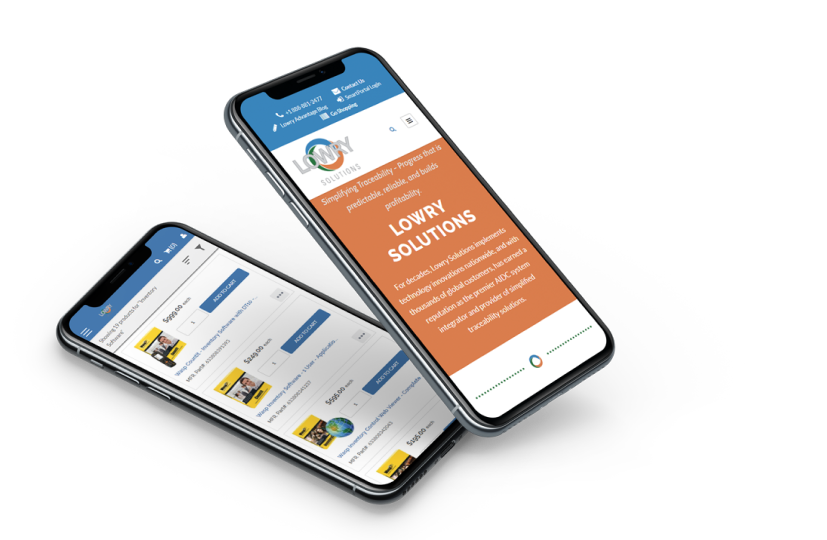Junior Developer
WHAT WE’RE LOOKING FOR: We’re looking for a full-time junior developer to join our team to create effective solutions for issues our customers face. We’ll build engaging websites, help our customers improve workflows, join their systems together, and apply your creative coding skills to build plugins that fulfill specific needs for e-commerce, learning, and project … Read more
